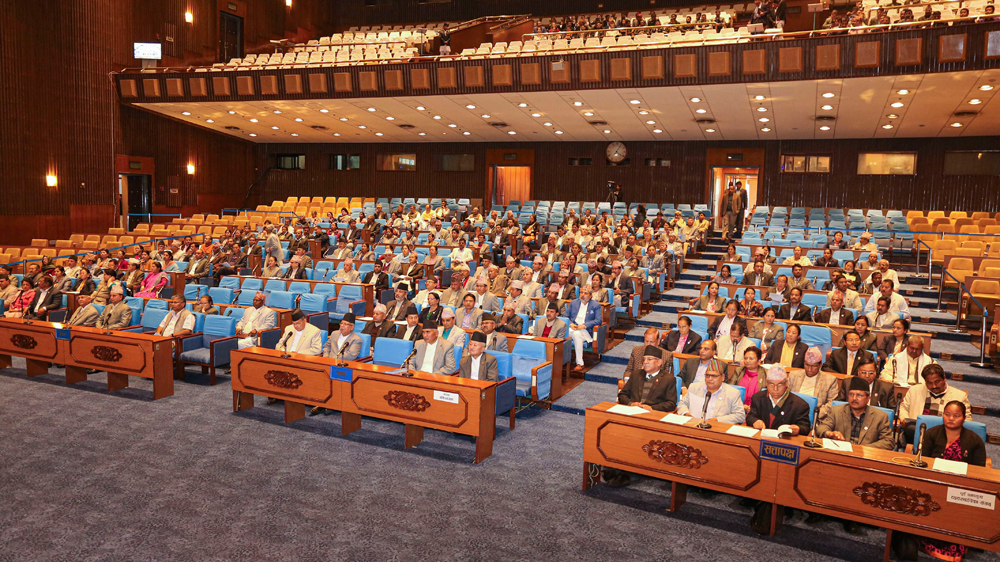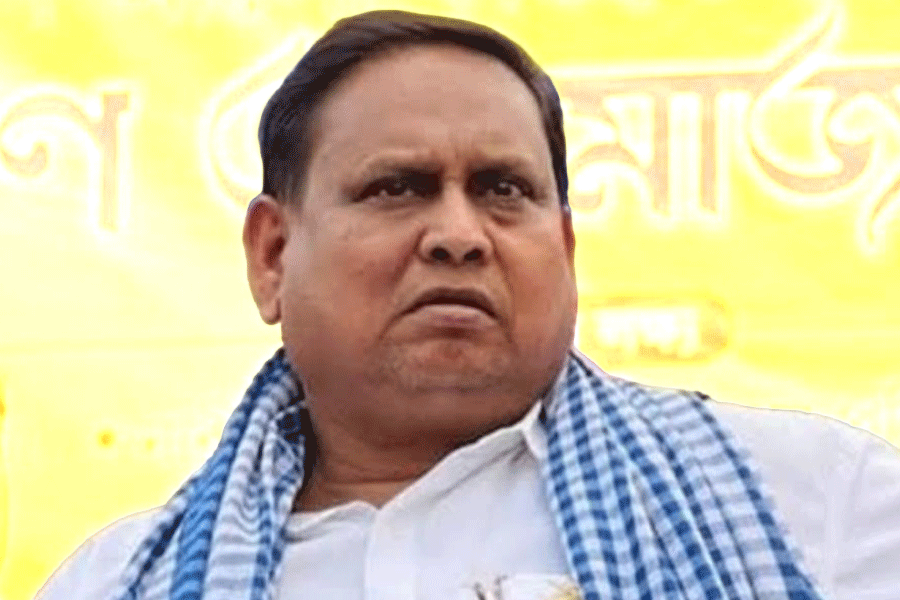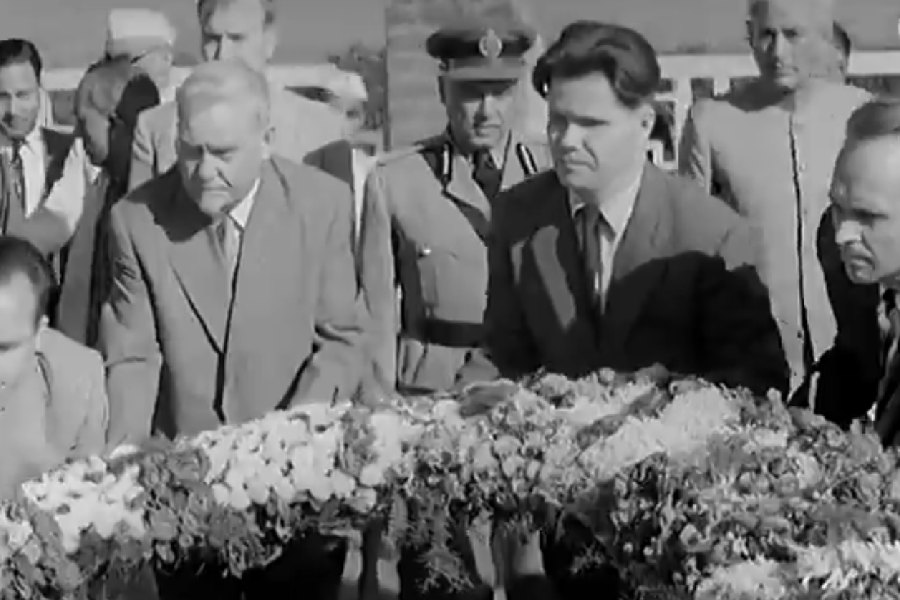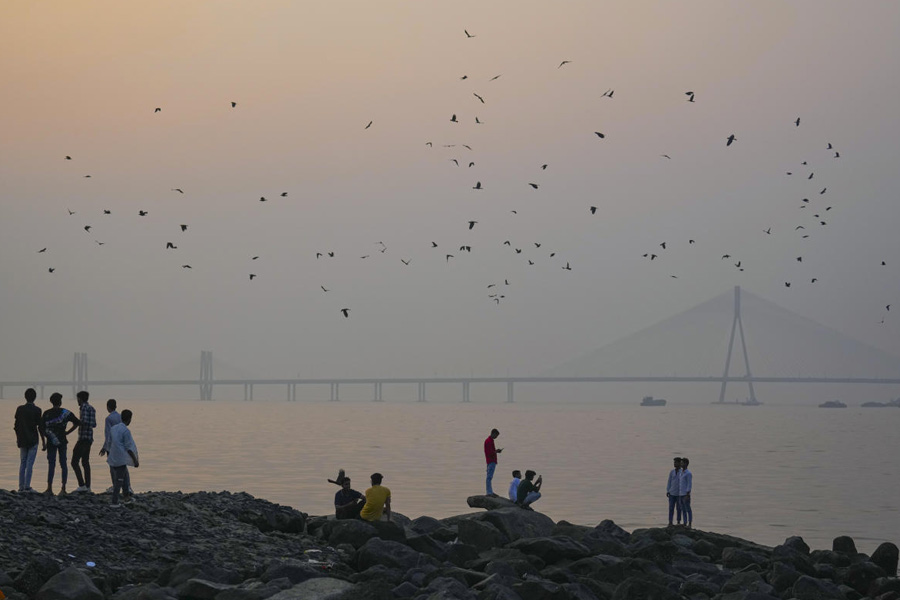India on Monday dug in its heels on the boundary dispute with Nepal, arguing the onus was on Kathmandu to create a conducive environment for dialogue.
Indian sources indicated that such dialogue could cover the disputed areas of Kalapani on the Uttarakhand border and Narsahi-Susta on the Bihar border, but not the additional tracts of Lipu Lekh and Limpiyadhura that Kathmandu had now brought into the dispute.
They, however, said the new irritant in bilateral ties would for now not affect other aspects of the relationship, which includes open borders for people and trade, development aid and connectivity projects.
The sources sought to counter Nepal’s claim that India had not responded to repeated calls for dialogue.
They said New Delhi had offered foreign-secretary-level talks even before Nepal had brought before its lower House a revised map that includes three territories that India too claims: Kalapani, Lipu Lekh and Limpiyadhura.
“We had offered foreign-secretary-level talks by telephone, a videoconference between delegations, and also an exchange of visits,” an Indian source said.
New Delhi had, however, never stated this officially. Kathmandu has repeatedly cited India’s last official statement of May 9 that said talks could take place after both countries had successfully tackled the Covid-19 crisis.
Nepal has accused New Delhi of practising a double standard by citing India’s border talks with China and engagements with Australia during the pandemic.
The battle of attrition had begun with Nepal objecting to India building a road to Lipu Lekh.
The Indian sources made it clear that despite the continuing border face-off with China, New Delhi did not want to lend its voice to speculation that Beijing had a role in Kathmandu’s tough stand on the boundary dispute.
Asked if it was purely domestic politics that was spurring Prime Minister K.P. Sharma Oli to escalate matters or whether there was a China hand at play, the sources chose not to speculate.
India argues that 98 per cent of its border with Nepal is demarcated and that this was initialled by the respective surveyors-general. All that remains to be decided upon, New Delhi says, is Kalapani and Narsahi-Susta.
Nepal has raised the Limpiyadhura claim after 200 years, the sources said, asserting that all the available evidence runs counter to Kathmandu’s contention.
Further, they argued, Nepal’s claim violates the boundary agreement with China. This is particularly true of Lipu Lekh, which India describes as part of the China border, they said.
“Lipu Lekh has for years been used for the Kailash Mansarovar Yatra and the road that was opened last month had been in the works for a decade,” a source said.
India appears confident about its claim on Lipu Lekh as Beijing had partnered New Delhi in expanding trade through that route in 2015 under an agreement that was being worked on since the UPA government’s days.
The sources said Nepal’s contention was incompatible with the Treaty of Sugauli, 1816, on which Kathmandu was basing its claims.











